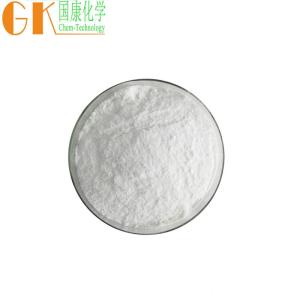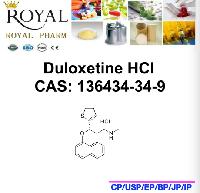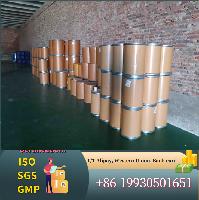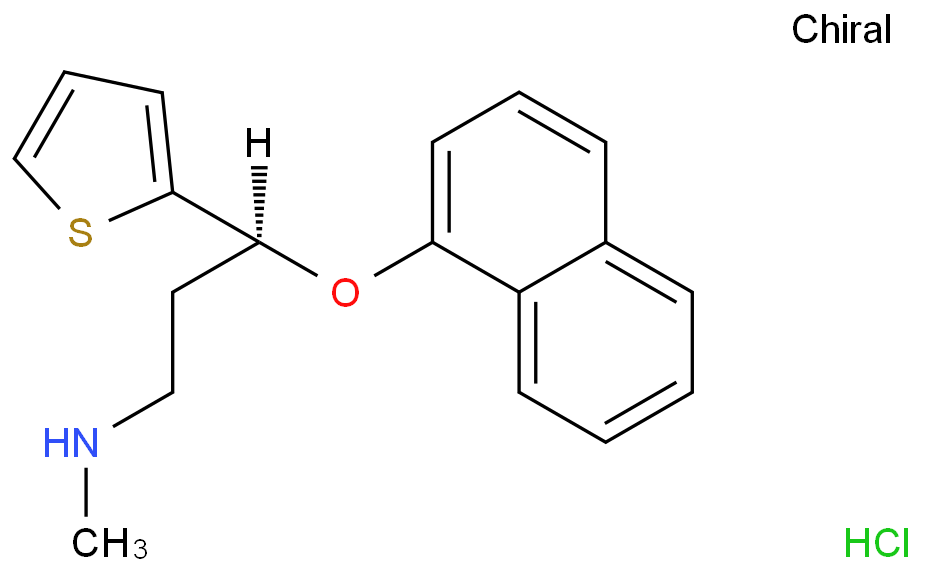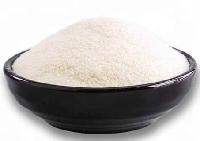CAS 136434-34-9 Duloxetine hydrochloride | Products & Prices & Suppliersts
In addition, duloxetine recipients experiencedsignificantly greater increases in their average voiding interval than placeborecipients (15.0–20.4 versus 1.7–8.5 minutes). The most commonly observed adverseevents associated with duloxetine therapy are nausea, dry mouth, constipation,decreased appetite, fatigue, somnolence, and increased sweating. As with other5-HT reuptake inhibitors, duloxetine is contraindicated in patients taking MAOinhibitors. Additionally, it is contraindicated
ldentification
- Cas NO.: 136434-34-9
- CID: 60834
- Mw: 333.88
- MF: C18H20ClNOS
- Name:Duloxetine hydrochloride (Related Reference)
- Synonyms: (+)-(S)-N-methyl-g-(1-naphthyloxy)-2-thiophenepropylamine Hydrochloride; (+)-N-Methyl-3-(1-naphthalenyloxy)-3-(2-thienyl)propanamine hydrochloride;
- EINECS: 603-962-5
Safety Data
- [Risk Codes]
- [Safety Statements]
- Hazard Symbols:
Properties
-
- Appearance:white to beige
- Molecular Weight:333.88
- Density:0.791
- Boiling Point:466.2°C at 760 mmHg
- Melting Point:118-122°C
- Flash Point:9℃
- Storage Temperature:room temp
- Solubility:H2O: soluble5mg/mL (clear solution, warmed)
- More Properties>>
